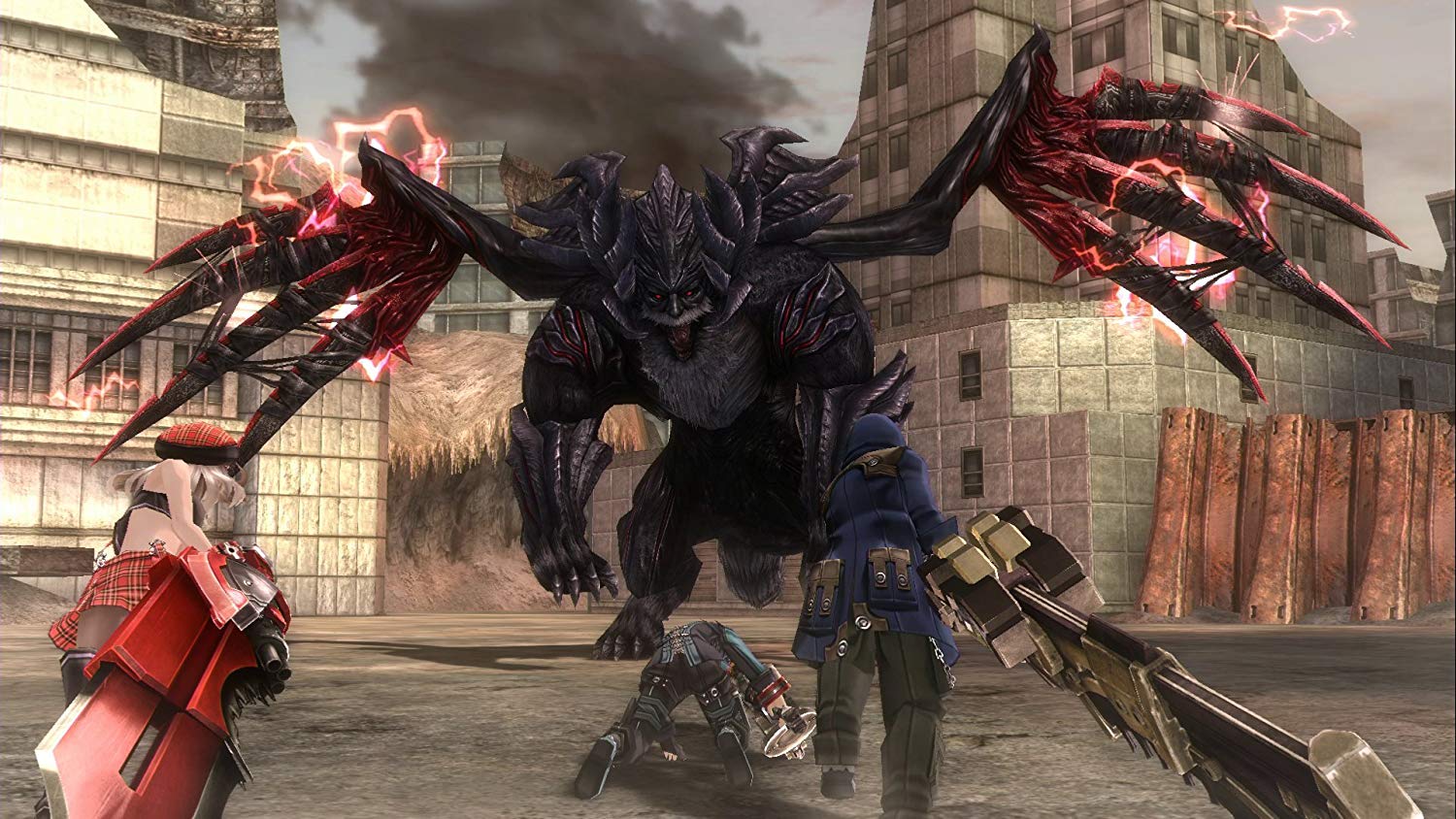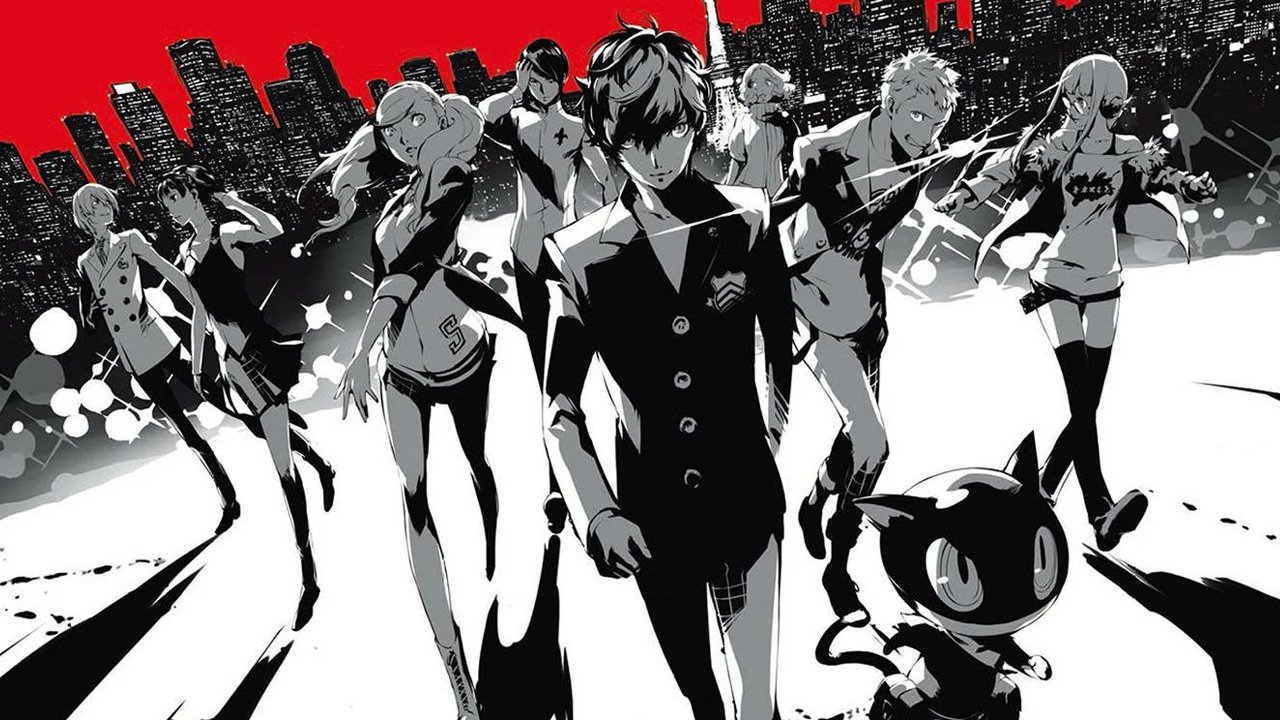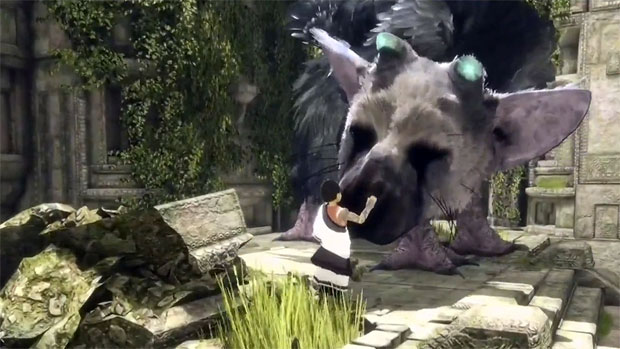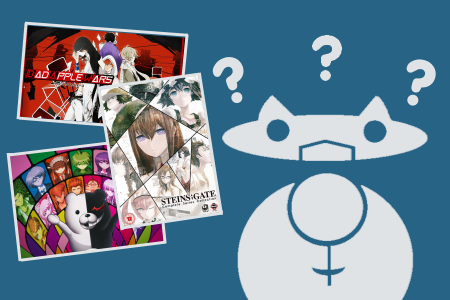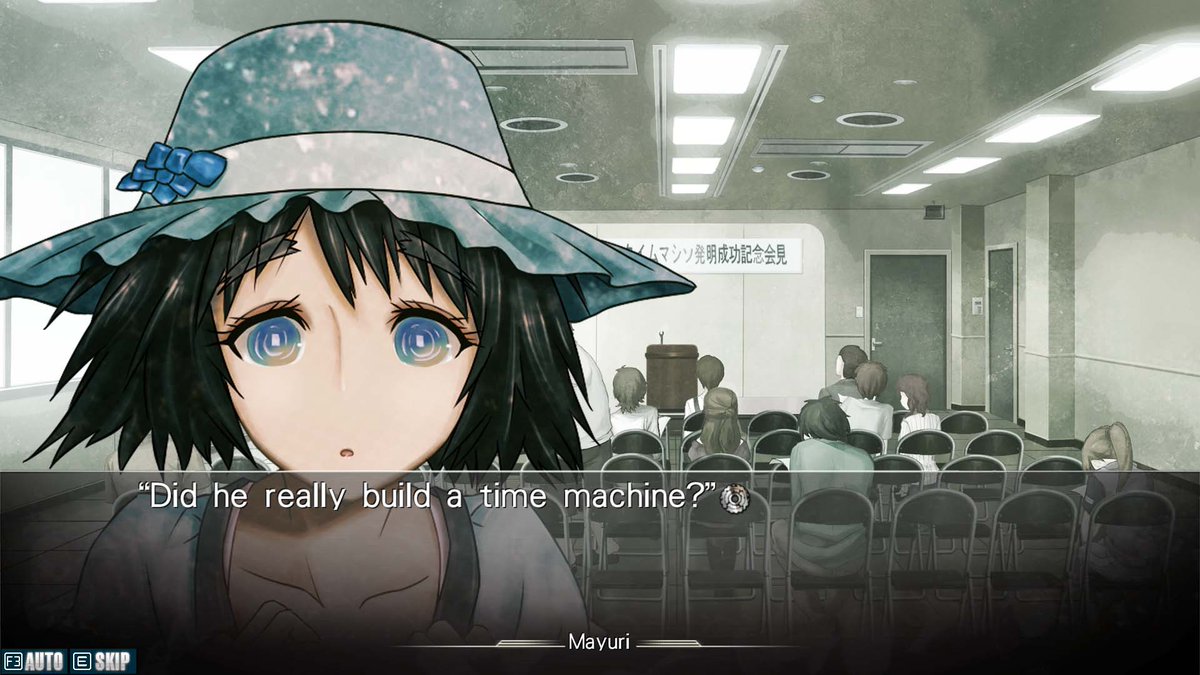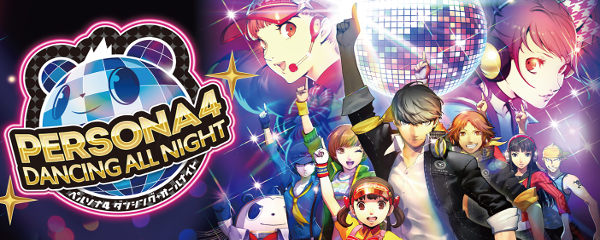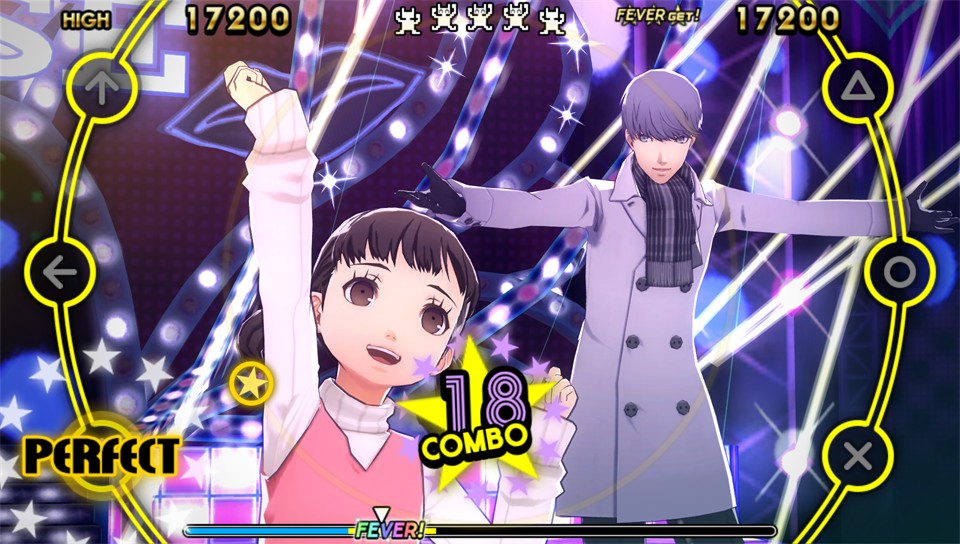
Hello all!
Well well well… we meet again! Its been a while since we last had a review, and here it is! I want to get out these reviews while they’re still fresh in my mind, my thoughts on them more apparent than having to remember from months and months ago. So, here it is! The last game that I have “completed”! Why is it in quotation marks? We’ll talk about that later…
Fire Emblem, for those that are not familiar, was saved by Awakening so many years ago. Fates came out not too long afterward, and while it was a decent game, it was by no means revolutionary. Fates was the last new FE game until Fire Emblem Three Houses (this game) came out. In between the two was the remake of Fire Emblem Gaiden, under the name Fire Emblem Echoes: Shadows of Valentia. Here, the franchise was experimenting with some new features as well as a unique art style that I quite like – a softer, almost storybook-esque feel to it. That was two years ago – and before that, Fates came out in 2015. So, its been a hot minute since another in the series has come out, let alone an original.
The official worldwide release date was July 26, 2019, exclusive to the Nintendo Switch. While I had bought the Switch on release, hearing of this game in the works only made me more satisfied that the system was a worthwhile purchase. Ah, all the good games! If you don’t have one yet, I wholeheartedly recommend it. Truly!
Back to the game, however~
As soon as the release date was announced, I went ahead and pre-ordered the game. And, mind you, not just the game; the limited edition version, because I am a sucker for those. Oof, is all I must say. It was a solid $100 plus tax, but was well worth it, considering how much I enjoyed the game (especially my bois!). Included, was:
- An awesome embossed box that looked sweet
- Art book that included concept/character art
- CD selection with more than 30 songs (this is really what gets me… hahaha! The art too, of course~)
- 2020 Desktop Calendar (although, it does include some of 2019)
- Steel book game case
- Of course, the game cartridge (not with different artwork, like the special 3-pack that was Fire Emblem: Fates)
It was a solid game, through and through. I’m glad that the dev team put so much time and effort into making such a vast, intriguing world – satiating all my sweet spots for inter-clan rivalry, political intrigue, and much, much more. Whew. It was almost too much! Just goes to show how realistic it is.
Summary.
When you first boot up the game, you are greeted with the title screen: the name of the game, and an empty throne. It doesn’t take long for a cutscene to play: you’re on a battlefield, watching as two armies go at each other. Two people, a woman and a battle-scared man, face off – it is not a pleasant battle, but one filled with unbridled rage.
The scene fades, and you see a small girl with long, green hair sprawled upon a throne. You are given a choice: male or female, your name, and your birthdate. They don’t mean much; choosing which gender you are, however, allows you to romance certain characters the other may not have access to. After a short conversation, so begins your journey into the continent of Fódlan…
The player character is a mercenary by trade, same as their father, Jeralt. By happenstance, you end up saving the future leaders of each faction from bandits: Edelgard from the Adrestian Empire, Dimitri from the Holy Kingdom of Faerghus, and my favorite, Claude from the Leicester Alliance. In the middle of all the territories is a “neutral ground” called Garreg Mach Monastery, home of the Church of Seiros. A quick history lesson: before the formation of the four factions, there was a war between Seiros and Nemesis, the “Founder King”. The Empire rose to power around that time. Further down the line, the Kingdom broke away and formed its own territory. The Alliance did the same, separating itself from both ruling powers – all while the Church of Seiros is keeping the peace among the different factions. As part of their peace-keeping repertoire, they have an army solely focused on weeding out instigators of rebellion and heathenism: the Knights of Seiros. Is that peaceful? Well, who am I to say, if I don’t want to see the next morning…
Surprise! Jeralt happens to be an ex-member of the Knights of Seiros, and is forced to rejoin. You tag along, hired on as an under-qualified professor to teach the kiddos. Just goes to show you that qualifications aren’t everything, yeah? It’s more about knowledge, who you know, and whether you have the resolve to attempt the position. Same goes for those fledgling leaders, and their classmates!
As the new Professor, your job is to make sure your students git gud, becoming effective in battle – and, well, get along with the other students. Split into three different houses (of which you get to choose which one to ally with), are: Golden Deer, run by Claude; Blue Lions, run by Dimitri; and Black Eagles, run by Edelgard. Yellow, Blue, and Red respectively, if you’re choosing for color. You should not. Always choose Claude’s House. Fear the deer! However, some students will have a leg up compared to others, based on their bloodline. Crests are a source of power and sign of nobility in Fódlan, and not every student has one (though some have two! At a cost, however…). These affect certain skills, and trigger during battles for added damage and increased hit rate, among other effects. In addition, those that bear a crest can wield Hero’s Relics, powerful artifacts from old.
Time has passed since the founding of the Church (almost 1000 years), with the time being relatively peaceful. No major inter-faction wars, which is quite the feat. Going off of real-world history, the longest time period where a country has not been fighting with another was Korea (unified at the time) for 500 years. Yes, 500 years. Twice. Two different dynasties for each segment, but yeah. Coolio, am I right? So, for a single “ruling” faction to hold mostly complete power for that long is crazy.
What I am trying to say, you ask? Hehehe~ Well, it’s about time for some war!
It’s not long before there are rumors of conspiracy, and an actual plot to overthrow the Church is found. Centered around – you guessed it – a Hero Relic: The Sword of the Creator, said to be the strongest among the Relics. Sent to defend the item from theft, your students are witness to a horrifying sight: the thief, upon laying a hand on the relic turns into a ferocious beast – a demonic beast, as named in the game. Students as well as yourself, are filled with curiosity – perhaps driven by a need – to find out the truth. What are, then, the true natures of Crests and the Hero Relics? A cookie crumb trail leads to this revelation of a question, this mission the cherry on top.
War is on the horizon, and you must choose who to ally yourself with. This is locked based on which house you chose to teach – however, in one specific route, there are actually two routes. I will not spoil it so you may experience it for yourself, but know it exists: four routes total, not three as was initially believed. Each ending is quite different, the future of the continent beneath your heel. There will be death, and sacrifice – what is war without those aspects, after all? However, you are building a path into the future. Time will eventually share its secrets.
As a side note, I played the Golden Deer route, but have watched my brothers play through parts of the others. I know what happens in all the routes. In order to get this review out to you as fast as possible I only decided to play one, and not all (like I did for FE: Fates). By playing Golden Deer first (and watching/looking up the others), I can say this:
Golden Deer leaves very few questions unanswered. Due in part by the nature of Claude (a truth-seeker with insatiable curiosity and incredible drive), we learn about everything – the secrets in the Church and the other factions, and the true enemy pulling the strings on this puppet show of war. There are some parts that don’t have much of an explanation, which the other routes go more in-depth in their answers. It’s their specialty, after all. Golden Deer just managed to touch on every one – including outside of Fódlan, as well. If you think about it, it makes sense: Golden Deer is formed from the Alliance. You have students that come from all over, and with that many smaller groups of people making up your House, there is a need to not just look at the bigger picture, but all the small pieces that form it. Different groups have different cultures. To be able to get along with so many people takes work, and takes knowing about each place, each culture, whereas the other main factions only have themselves. Golden Deer has a hand in everything, so we must eventually know everything. After all, Fódlan isn’t the center of everything in their universe. Well, according to some, that is… think Galileo and his space research, yeah?
It was satisfying, to say the least. The flavor of the route, I found, was most delicious – nailing everything I look for in games such as this, much better than Fates or, dare I say, Awakening? Naw, Awakening was good. I do believe that Three Houses has more lore involved, though, which I enjoy. It was a good, engaging story – I wanted to know how things played out. I wanted my motley gang of students-grown-up and allies to overcome their setbacks, and create a better world. In the beginning, Fódlan had a lot of red flags. But, after the Golden Deer’s ending (the one with the best outcome, I believe), Fódlan became a better place for everyone.
Gameplay.
Fire Emblem Three Houses is a tactical role-playing game (or, a strategy game, plain and simple). For ease of delivery (and for your eyes), I will be splitting the Gameplay section into two: Monastery, and Battle. Each one functions separately – an all-new feature with this game, actually! We’ll get into the meaty bits in Monastary, however~
Near the beginning of the game, you are asked to choose which House to teach. Gameplay does not differ in the routes, so choose whoever you feel is most aligned with your interests, or whichever has more of your favorite characters. What it does effect, however, is which ending you’ll get and which students you get off the bat (as well as who lives and who dies, to an extent). Try not to stress the choice too much. And while I do think Golden Deer is the best, the others were still satisfying and interesting in their own way. All routes were masterfully done, in my opinion – believable, dynamic, and engrossing. I just don’t agree with how some characters chose to do things, which is okay. It’s good, in fact. People all have varying opinions, so having that in a video game is awesome. I enjoy looking at the various ways in which a situation can be addressed, and discussing them, even if I don’t agree 100%. I can still say, yeah, I understand why they did what they did. And that’s what happens with each route. I really enjoyed the game because of this! Well, enough of me blabbering about myself~
Monastery
The first of the two types of gameplay is exploring, or being a part of, the Monastery. This portion occurs between the monthly story battles, as a kind of respite from the fierce conflict. As a professor, you teach the students a wide variety of topics (off screen, as it’s alluded to). The only education you actually participate in is assigning goals to your students and teaching them. For those not familiar with the Fire Emblem series, they’re separated into skills: Flying, Sword, Bow, Reason (Dark Magic), Faith (Light Magic), etc. There are a dizzying amount of skills to learn. Your job is to parse those down to a select few, so that your students can focus and achieve certain grades. Those grades are the requirements for classes, such as Assassin, Fortress Knight, Wyvern Rider, etc. Your students need to pass an exam (oh, the horror!) in order to change their classes to the one you (or, sometimes they), choose. Note that their level needs to be high enough, as well. You can attempt to take an exam when their grades don’t meet the requirements, but know that your student has a chance of failing. Those seals cost money, dammit! It’s better to be safe than sorry.
Often after a week of classes, your students will step forward with questions, and occasionally to ask to change their goals as well (you can choose to accept the change or not). If you give a satisfactory answer, your Professor Level will rise significantly. What is your Professor Level? Essentially, it gives you access to more activity points while roaming the Monastery, more time for free battles, and allows you to teach more kiddos one-on-one. There are more ways (and vastly more reliable and efficient) to raise your Professor Level, which leads me to…
Exploring the Monastery! This is an all new feature, a first in the Fire Emblem series. A precursor in Fates allowed you to look like you were there – along with your allies – by pressing a button. However, you could not move around as your character model, and as it was on the 3DS, it was quite pixelized (I’m sorry, my sweet handheld, I still love you!). Three Houses looks gorgeous, in my opinion. So, you can walk around – and talk – to every student, and a variety of important NPCs. The most important is, of course, the Gatekeeper. He’s a good boi, through and through. Some may offer quests, which you should try and fulfill. Some give beneficial items, others raise your renown – and, well, some are story, so you have to do them.
By walking around, you can participate in a variety of activities, which use those Activity Points I mentioned before. Every month is a new Tournament (for swords, lances, etc.), which, if won, have prizes and increase your Professor Level. Gardening is also a worthwhile endeavor, allowing you to grow fruits and veggies as well as herbs (that permanently increase stats), and flowers that make great gifts. It will also increase your Professor Level.
However, by far the most efficient way is by… Fishing! Yes, it’s not a JRPG without a fishing mini game, am I right? Well, it’s a fairly straightforward one – hit the button within the certain circle, and you’re golden. However, you need bait, which is limited. To get the best mileage for your Professor Level, stockpile the bait until there is a special fishing day in which you can pull up multiple fish per bait. This increases the EXP gained. In addition, wait until you get a Red fish silhouette or gold. You have three chances before the bait is eaten, so no matter what, get the fish on try #3. Some experience is better than none! It has a pattern to it, so it may take a while to get down, but it’s worth it! Maximize those gains!
Aside from your Professor Level, as you walk around the Monastery you have the option to talk to your students, fellow teachers, as well as the folk that come to visit or do business. These refresh at the turn of every month, so make sure to talk to everyone you can. It can lead to some interesting conversations, as well as immerse yourself further into the world of Fire Emblem Three Houses. As you talk to important characters, you are given multiple options (some not unlocked until later), such as giving them back lost items (yes, it’s annoying, but get those affinity points!), giving them a gift, recruiting them (if they’re from a different house), and finally, inviting them to tea. Inviting them to tea uses up an activity point, however, so spend it wisely. Gifts are, actually, some of the best ways to raise those supports and get students to join your house. They can be expensive (and each one can only be bought once per month!), but they are well worth the investment. As a last note, at the end of the game, you can choose who your unit (and only your unit), can marry, or S-Rank. No shipping lords this time, friends!
In addition, once every time you choose to explore the Monastery you can choose two other people to join you in Choir Practice. This raises your affinity with those chosen, their motivation, and faith. It’s a great way to get some extra EXP for those that require it! Eating food, as well, is a great way to raise affinity and motivation (this being essential for them to get as much out of your lessons as possible). You get to have one meal each time for free, but after that, you need to have the ingredients required for a dish. So, yes, you can eat as much food as you want no consequences. Other people… not so much. Both activities use Activity Points.
Whew. Still with me?
I know it’s a lot, but the game does a decent job of introducing each segment slowly, so you can become familiar with them before moving on to the next lesson (hah! Get it? No? I’ll walk myself out…). It can be, however, a pain to go around and do everything every time. In that respect, I lost some motivation playing the game in the first half (guess no one wanted to have a meal with me…). However, my early efforts paid off, and I was able to go through pretty fast in the second half of the game when the story started gaining speed.
Battle
Finally to the second part! Most of all Fire Emblem games consisted of this, and only this. There were no places you could walk around, or hang around (with the small exception of Fire Emblem: Fates, which was a kind of prototype to this game’s Monastery). It was all going from fight to fight to fight. It was up to you, however, to choose between going on in the story or choosing a Paralogue, which is a side story. Sometimes, there are “Free Battles”, or encounters that have no impact on story. This game also has all three, like many of the others.
The battles are turn-based. For those not familiar, think to board games like chess: either it’s your turn, or it’s your opponent’s turn. Unlike chess, however, each unit (person) can move once per turn (some twice, but that’s got to do with which class and which skills they have). But, so can your enemies. You can only have so many units on the field, so it’s under your best interest to choose which units will be most helpful. Or, to hell with it, choose your favorites.
Why? The game has two modes: Casual, or Classic. Before Fire Emblem: Awakening, all games were “Classic”. That is, perma-death is active: if a character dies, they die. There’s no coming back. With Awakening, however, they introduced a new mode for new or inexperienced players, being “Casual”. Your characters, if they were to die, would be dead for the battle. However, at the start of a new battle, they’d be alive and well. Not everyone wants to play with high stakes! You’re given a choice at the beginning of the game between the two. Choose whichever floats your boat! While I have played Classic before, I felt much more relaxed (we have enough stress in our lives, right?) playing Casual, so that’s what I tend to go with. Also because I love all my characters and they all deserve to live. Yes, even you, Lorenz, and you too, Ferdinad. I can hear the memes now!
Your players are placed upon a grid-clad battlefield, much like our chess example from earlier. Each unit can only move so much, which is shown with the blue squares. On the outside of those are the red squares, or the furthest your attacks will reach (you cannot move there). With a click of a button, you can see where your enemies can reach, too – displayed in purple. You can click on certain enemies, which will be in red. So, if you want to bait one enemy but not the other, this makes it nice and easy to plan. Well, do strategy. Mmm. I do love me some strategy. Well, most games have elements of strategy in them. Fire Emblem just makes it a central mechanic.
Each enemy has its weaknesses. Flying mounts are weak to archers, heavy armor units are weak to magic, the list goes on. Always be aware of those, and choose your units accordingly. It’s always the worse when you don’t plan (or forget), and you end up losing some of your best people to a simple error in execution. Some weapons, as well, have bonus effects – the Beast Killer, for example, deals more damage to cavalry (flying included) and Demonic Beasts. Use those to your advantage, too.
Speaking of weapons, here’s the downlow: no longer to mages have to have books of spells. They simply start out with a limited number of each spell per battle. That’s kind of cool, actually, and one less thing to worry about (sort of). For all the other folks, they need them some weapons. There are different grades (iron, steel, silver, etc.), which steadily deal higher damage but require a certain rank to be obtained before you can wield them. A silver sword, for example, requires the unit to have achieved a rank B in swordsmanship to wield it (goes back to teaching! It’s worth it!).
Weapons, as in previous games, have durability. Each attack (not each fight!) uses up one durability. The weaker the weapon, the more durability. It’s important to keep track on each person, so they’re not left in the dust. If a weapon breaks, damage and accuracy goes to the wayside. This leaves your unit vulnerable. Weapons can be repaired for a fee and some materials at the Blacksmith’s. If you don’t have the materials, you can always buy new weapons at the armory (along with shields, rings, etc. that can help raise stats).
When fighting, your unit can use a Combat Art (also new to the game), which, at the cost of more durability, grants the unit extra power or reach. You can’t go whilly-nilly with these for obvious reasons, but in a pinch, they are extremely helpful. You can mix and match these, as characters will generally learn a lot of them. Choose each one based on if you’ll use it, and how helpful it can be. Should even Combart Arts not be able to save you, and you really want to rewind, congratz! There’s a new feature (it was tested in Fire Emblem Echoes: Shadows of Valentia) in which you can turn back time. Unique to your player character, it’s called Divine Pulse. You only have so many uses, so be careful. It’ll usually go back as far as you need to, but as more turns pass, you’ll gradually lose points in time to go back to.
New to this game (and boy, as you’ve read, there’s a lot of new stuff), are Battalions. These are soldiers that can follow any unit (as long as they have the required Authority grade, a new skill) into battle. They provide passive support that can level up (to lvl 5), as well as give the unit the ability to use a Gambit. Each Gambit depends on which kind of Battalion you have equipped. These can deal massive damage, and slow/weaken the enemy it’s used on. Some are poison, others heal an area – there’s a wide mix for everyone’s tastes, to use to their advantage! They’re particularly effective against massive creatures, like golums or demonic beasts.
Besides Story battles, if you choose to do something else than explore the Monastery on the Sunday of a week, you can partake in Paralogues (side stories featuring important characters, including your students), or Free Battles to grind some money and EXP. You can also rest, or participate in a Seminar from other teachers. These significantly raise the skills for everyone that attends, and is well worth it once in a while.
Graphics.
The Nintendo Switch is a powerful system. Truthfully, the Nintendo DS-3DS were, too. However, in an age of 1080p and above, there needed to be an upgrade. Whoo boy. Fire Emblem looks gorgeous on the Switch. Utilizing the Switch over the DS for the next Fire Emblem was the right decision. Never before have fans seen, and been able to interact, with characters that populate their game. All connection was made through the story – there were no chances outside of battle to get to know them. And, now, they’re in 3D! They look, and act, like people. No more static sprites! (Well, there are, but only during conversations, and most include the 3D model as well).
As you explore the Monastery, the attention to detail is incredible. Buildings are fully fleshed-out, and items that help create immersion (such as buckets for cleaning, benches, etc.), are placed well. The trees, grass, bushes, flowers – I could go on – all look highly detailed, and mesh with the overall art style of the game. Such aesthetics are what I’ve been dreaming of! Plus, there are a host of cats and dogs that populate the area. Ah, how I wanted to pet them! But no, you cannot! However, the devs heard our plea, and in an upcoming update we will soon be able to pet these critters. My life is now complete!
Going away from the Monastery and into the battles… I mentioned before how the maps are very well done. Each one, much like the Monastery, has a high attention to detail. While you are zoomed out, there isn’t much – in fact, in handheld mode, it looks almost similar to how the maps looked in Fire Emblem: Awakening as well as Fire Emblem: Fates. The true beauty is shown when you zoom down a little, and then some more – it looks beautiful, and almost like you’re exploring the Monastery! In fact, you can even see the soldiers that make up your battalion, if you equipped one on the particular unit you’re looking at. A plus side: you can even move your character in this mode, and watch as they approach and attack the enemy.
These graphics are a huge improvement over the models that were used in Fates, and as such, create more impact. They’re so much more believable: we can see their expression, see their body language. In that regard, we become more drawn to them. They seem more like us, and as such, we see them as people themselves. For this reason, in part, the story is much more effective than it would have been using similar graphics from the 3DS.
Ugh, I can go on and on. I’m a huge visual nerd, and love symbolism and meaning. I won’t get into that – it could be a whole post, let alone a series of posts! Know that the graphics are delicious. I only had a few times, due to the graphical load, that the game lagged. It was not too much of an issue, at least in my opinion.
Sound/Music.
Actually, I’ve been listening to the soundtrack as I write this. Once again, the Sound Designers have done their job magnificently. I fell in love with the soundtrack to Awakening and Shadows of Valentia, and this one is right up there – if not #1. I enjoyed the music for Fates, don’t get me wrong. It just wasn’t as impressionable as some of the others. While there are songs (particularly the early battle themes) that get repetitive after a while, the real treats are those played during special maps. Mm mm mm! There were several times I just stopped playing (Thank God for turn-based!) and listened to the music for a while. Seriously, if you have the time, take a listen yourselves. Its amazing. Up there with Nier Automata in quality. Up there, I say, because I don’t believe anything can beat Nier Automata’s sound design. It’s just too good!
While the music is lit, there’s something else that’s also incredibly enjoyable. The voices! Yes, Fire Emblem Three Houses is fully voiced. This is the first, ever, in the Fire Emblem series. Shadows of Valentia was mostly voiced, but still contained some parts without dialogue. As such, it was a real treat to listen to these voice actors. I went with English voices, and boy, was I happy. Each voice helped to bring the characters to life. You couldn’t help but get invested in who they were, why you needed to protect them, and who you needed to kill to make them happy. Oh, believe me, when most players keep a list! Fully voiced games require a lot of resources, and can sometimes have mixed results. It’s a gamble, for sure, much like anything in the video game industry – but it was one well taken.
Overall, the music was wonderful, and sounds – such as footsteps and clanging of swords – were believable. Each song fit the moment perfectly, and I could wish for nothing better on the music front. Now, another soundtrack to listen to for days straight until I get sick of it! The one true pain for us audiophiles, or for anyone who enjoys music, really.
Last Note.
I thoroughly enjoyed this game. There were some parts that I slugged through, mostly due to my own actions. You can blast through this game without micromanaging it – like I did – and it will still be fun, all the way through. The game itself even gives you an option to auto-teach, lifting a decent bit of weight off your shoulders. So, if you think you don’t want to handle so many aspects, don’t let that stop you. You don’t have to, if you don’t want to.
It has high replay-ability, at least until you achieve those four endings for most casual players. There is a (free) mode that increases the difficulty exponentially: Maddening. Be prepared for pain, and more pain. And also glory, should you triumph over the challenge. This game, especially in recent years, caters to both type of people. I’m relieved to know that they do, as it lets people who are busy still have a fun time playing it without all the added stress (if they so wish. Again, it’s up to the player!).
Players, if you enjoy games that place strategy at the front, you’ll enjoy this game. Your brain will get a good workout, and you’ll be rewarded with a real-world applicable plot, too. If you are a sucker for good stories – and hey, music and graphics too – yes, play the game. All four aspects are married together without a hitch, for the most part. There is some lag, especially when you try to enter the Sanctuary in the Monastery, but it’s minimal compared to how smoothly the rest of the game runs.
Do you like laid back, relaxing games similar to Animal Crossing or Harvest Moon/Story of Seasons? Well, this game may not be for you, unless you’re willing to take a dip into something different. Nothing is timed (some battles are limited in the amount of turns you can take, but there is no time limit for a turn), so you can take your time deciding. Just know that it may not be enjoyable. Definitely try it out if you’re interested, however! It’s always rewarding when you take the plunge and try something new, only to find you love it. Take all my suggestions with a grain of salt – I’m only speaking in generalities. Each person is unique, so I cannot know for sure what a specific person will enjoy. I can only take guesses, and generalize.
Fire Emblem Three Houses was worth the money, and worth the Switch. It hits all those hunger pains I had for something that was rich and deeply complex, but also had its lighter tones mixed in. Character growth was immense. Truly, the characters carried the story, which is essential in any tale. Some overcame their earlier difficulties and time passed; others succumbed to them, never to return. You play this game for the characters (and that slappin’ music!).
I apologize that this review is quite long, and was late – I wanted to make sure I included as many of the important bits as I could, in a way that would make it easy to digest. Without spoilers, of course – because I want all of you to experience it for yourselves, and come up with your own thoughts and feelings. If you’ve managed to make it this far, thank you. I appreciate it. I hope this review has shed some light on the game, and that perhaps, you may find a new favorite! Sharing new, wonderful things to the world is what I enjoy. It’s a constant struggle, though, as sometimes I’d rather keep this hidden gems to myself….
If you have any questions, comments, or concerns – please let me know. I’m here for you all! Even if you just want to gush. Or, even, debate routes and character profiles – I’m open to it all!
Yet we have the strength to scale the walls between us. To reach out our hands in friendship… so we can open our true hearts to one another!”
~Claude, Fire Emblem Three Houses
Logging off,
~Raiju


